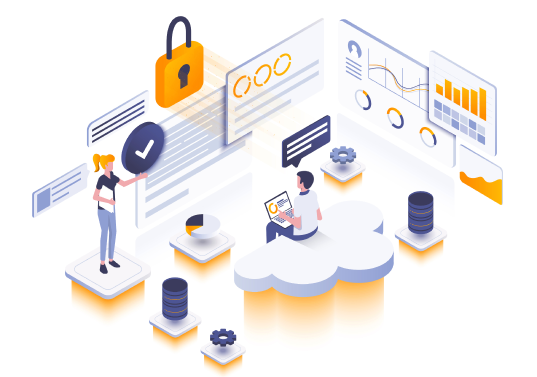Cloud VAPT Services
Matayo's Cloud VAPT Services provide thorough vulnerability assessments and penetration testing to secure your cloud environments. We identify and mitigate potential threats, ensuring your cloud infrastructure remains safe and compliant.

Cloud VAPT Services: Ensuring Robust Security and Resilience in the Cloud
As organizations increasingly rely on cloud infrastructure to store and manage their critical data, ensuring robust cloud security has become more vital than ever. Matayo’s Cloud Vulnerability Assessment and Penetration Testing (VAPT) Services are designed to identify and address security weaknesses in your cloud environment, safeguarding your data and applications from potential threats.






